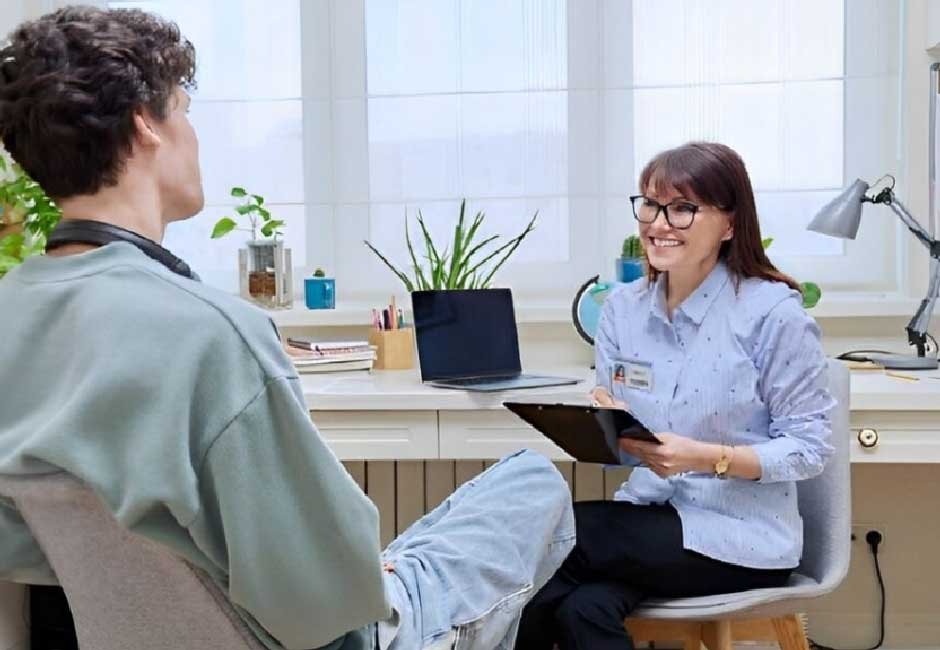Skip to the good bit
ToggleVocational rehabilitation is whatever helps someone with a health problem or disability stay at or return to work.
Understanding the nuances of living with a disability or health problem can only happen when patients, doctors, and stakeholders recognize their roles within Vocational Rehabilitation, particularly for a favorable outcome for the patient.
One of the goals of rehab includes maximizing levels of function following illness or injury to reach the ability to return to a productive role in the workplace.
The process of vocational rehabilitation starts at the beginning of your journey as an inpatient and continues on an outpatient basis as and when needed.
This article will highlight some of the things you can expect from vocational rehab.
Services
Vocational rehab is an essential program that helps people with disabilities and chronic illnesses find employment. Often referred to as VR, vocational rehabilitation helps someone with functional, cognitive, developmental, psychological, emotional, or physical disabilities.
It includes a range of services, including vocational assessment, functional capacity assessment, and counselling. Training and developing work experience is another service in vocational rehab, as well as, ultimately, job placement services.
How Do You Get Started?
Firstly, you must apply for VR services.
Visit your nearest VR office, and a rehabilitation counsellor will be assigned to meet with you. All states handle vocational rehab differently, so apply the information from this article to support your particular situation and goals.
Your VR counsellor’s job is not to find you a job but to help you prepare for employment.
Support Plans and Programs
Once you have started, your counsellor will discuss how best to reach your goals with the right support plan and program.
For example, vocational rehab services at Brighton Barber Institute might be the best place to get help from a place committed to helping everyone, including those with disabilities.
VR services offered by the Texas Workforce Commission are designed to help people with disabilities prepare for, attain, and maintain employment that matches their skills, abilities, and interests.
That allows eligible students to use VR support to cover tuition, tools, and other training costs to help make barber school more accessible.
Set Goals
Vocational rehab is all about getting and keeping gainful employment.
Think about what career you had prior to accident, illness, or injury, and decide if that path can still work for you now under different circumstances. Your counsellor will probably ask you to complete a Needs Assessment to help determine what elements of rehab you need.
Setting goals for your journey can help keep you on track to achieving what you set out to.
Eligibility
You may be wondering if you are eligible to qualify for funding. To meet the criteria, you generally need to have a physical or mental disability or illness that affects your ability to work.
For example, mobility issues, hearing impairment, or learning disabilities. For the Texas Workforce Solutions VR funding, you must also be a Texas resident and either a U.S. citizen or an eligible non-citizen.
In Conclusion
If you are ready to take the next steps to meet your employment goals, follow this short guide above start your journey into vocational rehabilitation programs and facilities.







